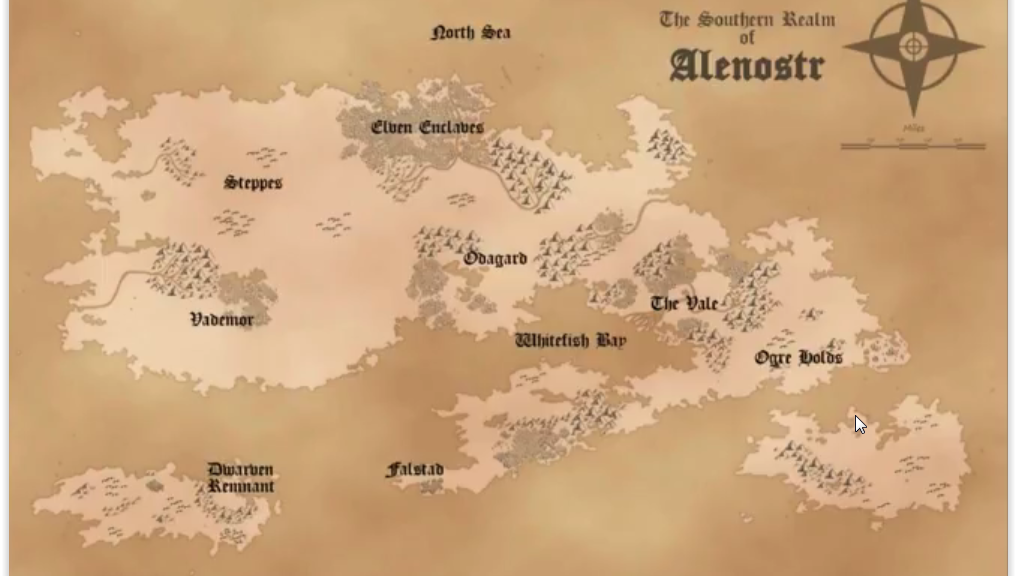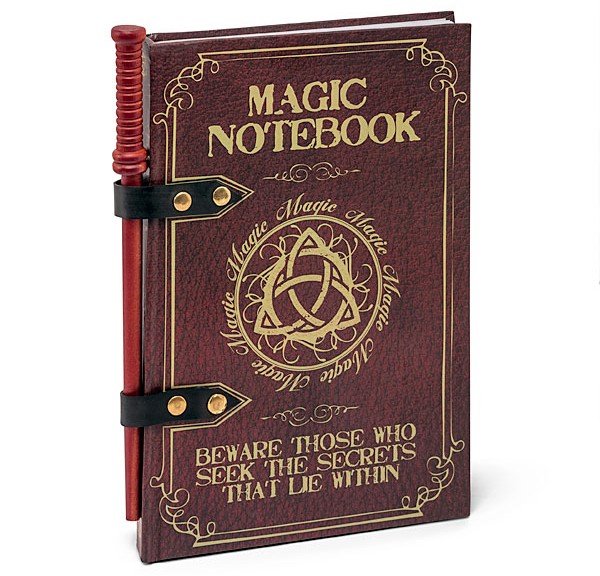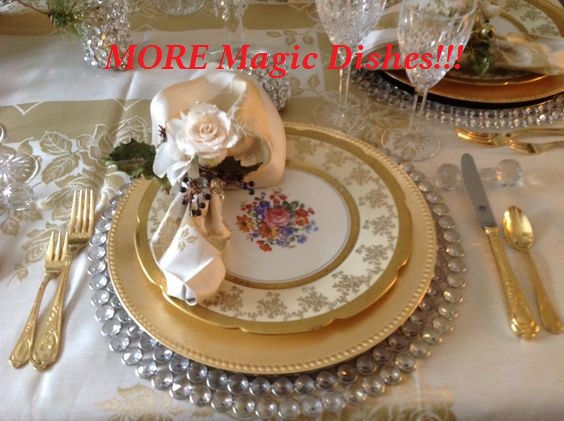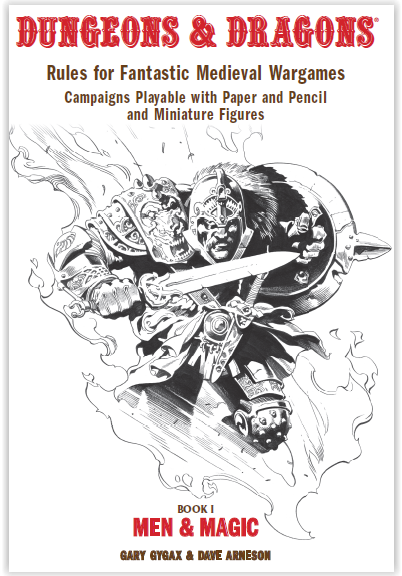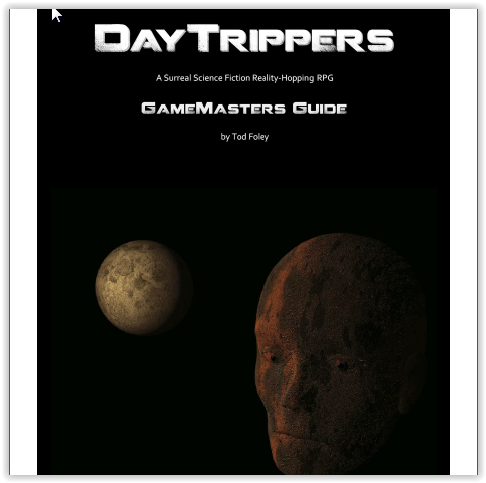This is a follow up post to my review of the Day Tripper’s Core Rules.
I was invited to review the entire system after my review of the Planet Generator guide. There are two other generators for Locations and Lifeforms from the GM Guide that are available on DTRPG/RPGNow. If you have the GM Guide, you don’t need to purchase these stand alone generators. My review of the GM Guide will be much shorter than the review of the Core Rules. I’m sure many will appreciate that.
Setting The Tone:
The GM Guide begins with a discussions of surreal and surrealism, and then goes into a discussion of it in science fiction and then RPGs. This might be eye glazing fodder for some. While a good presentation of the subject, I am not entirely sure it is warranted. We know that dreams and the chao are possible slip types, so many may find it a long winded way to say “weird”.
“Appendix N” Material:
There is a long list of resources for inspiration. The selection deals with “alternate realities, multiple dimensions, subjective worlds, bizarre lifeforms, surreal space adventures, and time travel.
This list is limited to one page and helps give flavor. There are things I’ve never read, some I have heard of. Thanks for making my read/watch list longer. There aren’t enough hours in the day to read all that I want to read, or watch all that I want to watch. (I’m the only with that problem, right?)
Other movies/TV shows I thought of are “The Fly” (original or remake), “Incredible Shrinking Man/Woman”, “InnerSpace”, adn TV shows: “Seven Days”, “Land of the Giants”, “Lost In Space”, and many others. As with other RPGs, almost anything can be an inspiration, even your weird dreams.
Details:
As expected, the GM Guide fleshes out things from the Core Rules. For example, NPCs get a whole page here instead of a paragraph in the Core Rules.
There are examples of how play proceeds, and 16 pages at the end that walk through generating your own adventure using the generators and forms provided.
Generators:
56 of the 120 pages are dedicated to 12 generators: Missions, Stars, Planets, Locations, Lifeforms, Societies, Drama, Character, Alternate Earth, Dream World, Multiversal Chao, and Time Travel.
Most, if not all of these generators can be used in other RPGs of any genre. As with all generators used in prepping to play, they are suggestive, and are a means to help you think of things to mix it up so each adventure is different.
You already know what I think about the planet generator.
The cool thing about these generators is how flexible they are. Many of them require two rolls, one using 1 to 3 d6’s to determine the general nature of the particular table, and another d6 for the sub-item in that category on the chart.
The parallel earth generator walks you figuring out what is different and when it happened, and how likely the characters are to figure it out, or how they might figure it out.
Page 88 has a cool flow chart to determine when to use a given generator in the course of developing a mission.
Questions:
From my review of the Core Rules, there are two questions for which I was looking for answers in the GM Guide:
- What happens to players that fail to return in 24 hours?
Here’s a link to a G+ thread where my review is highlighted by the game developer. He mentions that the results of exceeding 24 hours is meant to be determined by each GM. In his game it creates an alternate reality, and they are “gone” from the original. What happens if a player isn’t there that session? The party would be split up.
Rescue missions are discussed and they involve time travel to go to where the lost people are and insert them into the time stream in this reality a moment before the rescue ship leaves. It also mentions changed time lines/new alternate universes created, etc.
- Are the action/combat charts in one handy section of the GM Guide
The charts are not in one location in the GM guide. I did find on the DayTrippers website that they have a GM screen.
Free PDFs – Follow Up:
All the forms that are available for free on DTRPG/RPGNow that I mentioned in my Core Rules review are in the GM Guide. However, the players hand out is not. I would recommend it be in the PDF so that the GM has everything in one place. The Traveller conversion PDF is not in there either, but that is not critical in my mind, since it is a special case for a single game.
In addition to including the free PDFs there is an Adventure Sketch Sheet to hold the bare facts about an adventure.
What I Like:
All the awesome generators! These generators do a great job of giving ideas, and would be helpful for developing one’s own generators, perhaps with more options.
There are 6 sample missions, examples of NPCs, a walk through of building a mission, all designed to help the GM prepare for game play, or figure it out on the fly.
The sandbox style of play is promoted by suggesting preparing outlines of missions, since the idea is that characters and other NPC’s are in the business of doing missions. Also developing NPC’s ahead of time for use as needed. The nice thing about he majority of NPC’s is that they have stats of 1, so you don’t need to write down all their stats, just the ones that are not one.
In addition to the generators, there are drama templates that guide the GM in preparing the mission/adventure. These templates include what kind of locations, gear, and NPC’s are needed to help you cover all the bases. This would be a handy tool for those new to running games. My only caution is to avoid a railroad, just as these rules do.
The advice in the GM Guide is if the players don’t notice your clues or pick up on them, it is a sign that you are doing it wrong. That is, you need to describe them better, give them an idea of why they should notice them, etc.
What I’d Like to See:
The only thing I can think to add, is that all RPG’s should have a section to clarify what types of dice they require. In the Core Rules 1 or more d6’s are mentioned. However, on page 35 of the GM Guide for node type determination, it mentions the possibility of using 2d4. I am OK with that, but this is the only place in both manuals that I am aware of that mentions anything besides using d6’s. As with most players of RPG’s I have dice to cover almost any situation, and even dice for which I don’t have the particular RPG they go with, but have them anyway. Since it is only in the GM Guide, it won’t impact players, but a heads up before then for this one-time suggestion for a scenario to use d4’s would be helpful.
Conclusion:
I’d buy this just for the generators. $12 for 12 generators is a good price if you are looking for that sort of thing.
I could run this game. I would want to play a game as a player first, or watch it played (see YouTube Video below). I’ll watch these videos later.
The mechanics are interesting and simple. There’s no guess work or fumbling with the manuals to see if you hit/succeeded. Until you get the hang of it, you might want the suggested results when something more than straight up success or failure happens. You’ll need the Core Rules handy for that.
The GM Guide is$12 on DTRGP/RPGNow.
There is also a GM Bundle that includes the GM Guide and the Core Rules for $25.98 (save $5 from purchasing individually) at DTRPG/RPGNow.
So far, there are two modules for DayTrippers available on DTRPG/RPGNow. I have not read them, so don’t know specifics. One of them is refenced in the GM Guide to illustrate the use of the Runsheet.
DayTrippers has its own website with other PDFs and forums.
I found two YouTube videos on topic. One is an interview with Tod Foley at Legends of Tabletop, and the other is actual play GMed by Tod Foley. I plan to watch them later.

